The prevalence of insect, mite and nematode pests varies from orchard to orchard and is influenced by geographic location, weather and orchard management practices. The following are widespread, common pests that can be problems throughout the walnut growing regions in California.
Soil borne parasitic nematodes damage the tree by feeding on the roots. Trees with high populations of nematodes may show stunted growth, low yields and water-uptake related problems. Because nematodes may be present in the soil prior to planting, it is advisable to investigate the previous planting history at each location and test the soil. Three groups of parasitic nematode are common in California; lesion nematode (Pratylenchus vulnus), ring nematode (Mesocriconema xenoplax), and root knot nematode (Meliodogyne) (UC IPM website, 2012). Lesion and ring nematodes cause the greatest damage to walnut production (Westerdahl et al 2003).
The most common and persistent insects that damage nuts are the codling moth (Cydia pomonella) and the walnut husk fly (Rhagoletis completa). A secondary pest is the navel orangeworm (Amyelois transitella). The impact of each of these pests on production varies among walnut cultivars. For example, cultivars that bear fruit mid to late season will be less affected by codling moth damage, although they will be more susceptible to walnut husk fly (Van Steenwyk and Barnett 1998).
Other minor walnut pests vary among regions in California, and include walnut and dusky-veined aphids (Chromaphis juglandicola and Callaphis juglandis), European red mites (Panonychus ulmi), red humped caterpillar (Schizura concinna), walnut scale (Quadraspidiotus juglansregiae), San Jose scale (Quadraspidiotus perniciosus), and frosted scale (Parthenolecanium pruinosum) (Van Steenwyk and Barnett 1998). These pests impact tree health by feeding on the leaves directly or sucking sap from the leaves and wood.
UC Statewide IPM Program: How to Manage Pests: Walnut
Photo Gallery
These photos of some of the major pests are accessed from the UC ANR Repository, are available courtesy of University of California research and extension personnel and programs, including the UC Statewide IPM Program.

|

|
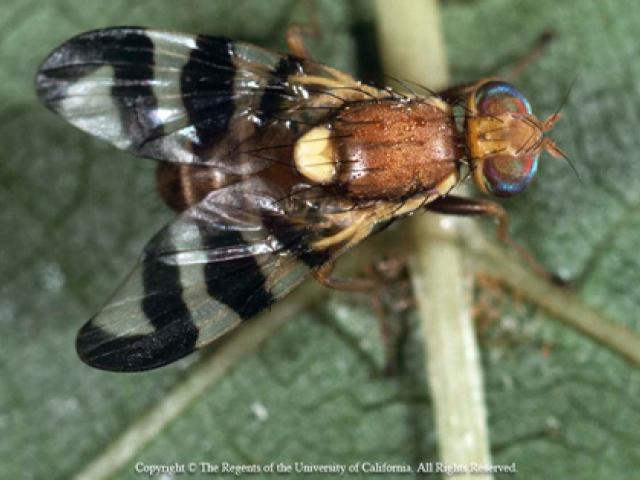
|
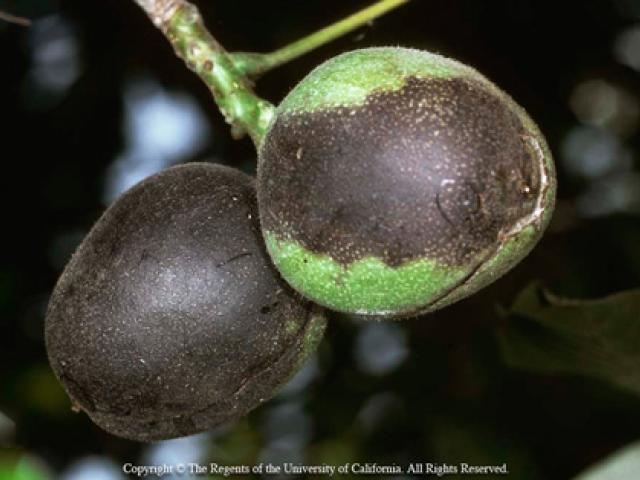
|
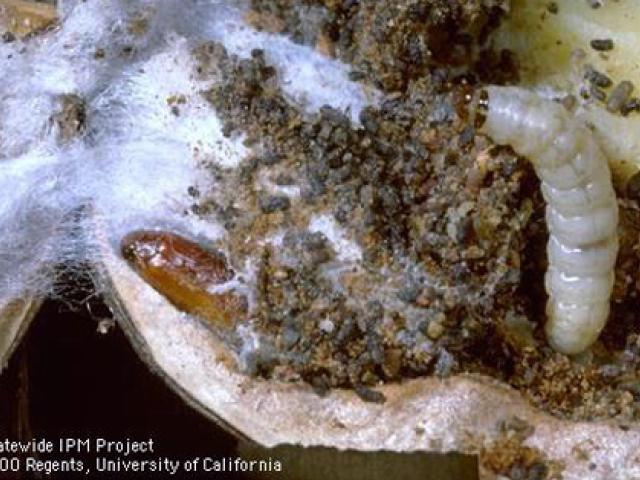
|
|---|---|---|---|---|
| Codling moth larvae infesting walnut. | Crop damaged by codling moth. | Walnut Husk Fly. | Husk Fly Maggot Damage. | Navel orangeworm leaves copious webbing & frass in nuts it infests. |
| Photo by JKClark. UC IPM Project, ©UC Regents | Photo by JKClark. UC IPM Project, ©UC Regents | Photo by JKClark. UC IPM Project, ©UC Regents | Photo by JKClark. UC IPM Project, ©UC Regents | Photo by JKClark. UC IPM Project, ©UC Regents |
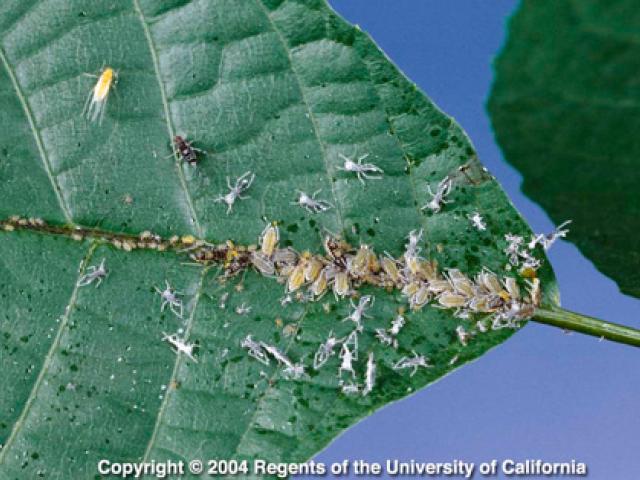
|

|
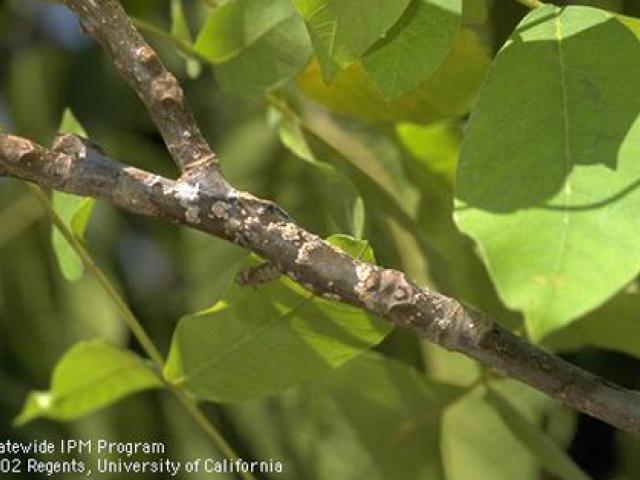
|
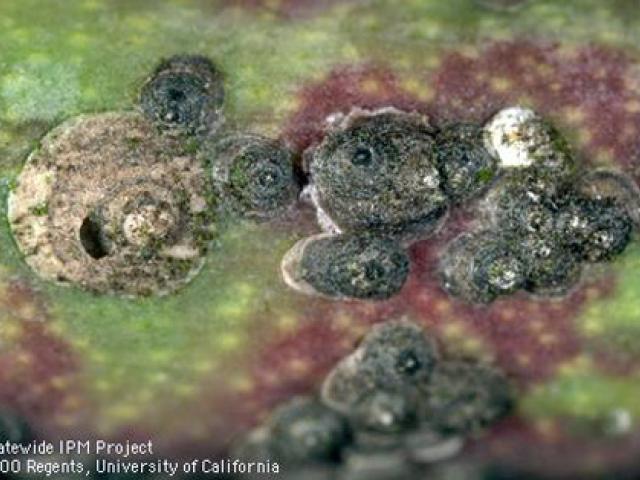
|
|
| Dusky-Veined Aphids. photo by JKClark. | Adult European red mite. | Walnut twig infested w/ walnut scale, Diaspidiotus juglans-regiae. | San Jose scale & the covering of a mature female with a parasite exit hole. | |
| Photo by JKClark. UC IPM Project, ©UC Regents | Photo by JKClark. UC IPM Project, ©UC Regents | Photo by JKClark. UC IPM Project, ©UC Regents | Photo by JKClark. UC IPM Project, ©UC Regents | |
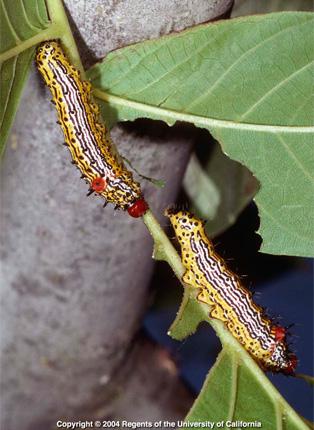
|
||||
| Mature Redhumped Caterpillar Larvae | ||||
| Photo by JKClark. UC IPM Project, ©UC Regents |
